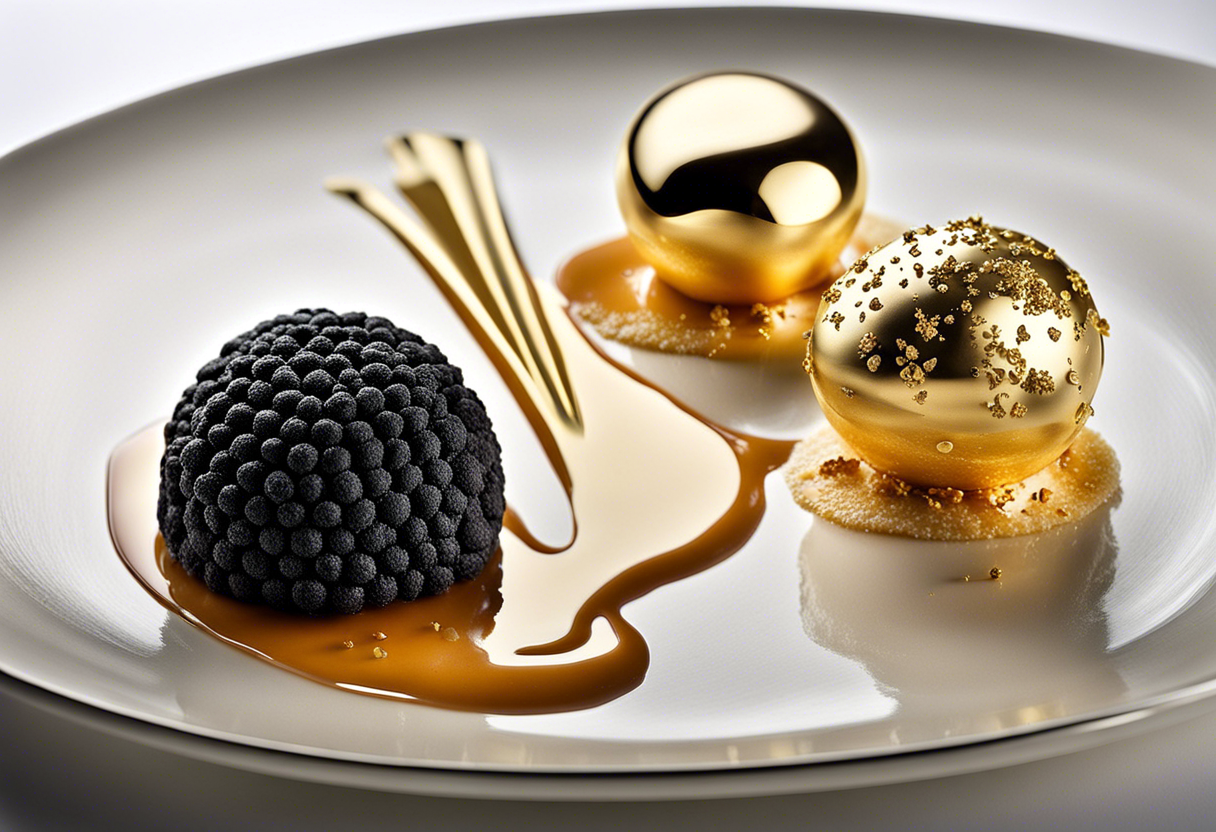15 Iconic Dishes You Have to Try in Their Country of Origin
There’s no better way to experience a country than through its food. Every culture has a dish that defines it, a recipe passed down through generations that tells a story of history, geography, and tradition. These iconic dishes aren’t just meals; they’re cultural touchpoints, the heart and soul of a nation’s culinary identity. While you can find imitations worldwide, nothing compares to savoring them in their homeland, made with authentic ingredients by those who’ve perfected them over centuries. From the sizzling street food of Asia to the rich, slow-cooked stews of Europe, let’s embark on a journey through 15 of the world’s most legendary dishes—each one a must-try in its place of origin.
1. Italy – Neapolitan Pizza (Napoli)
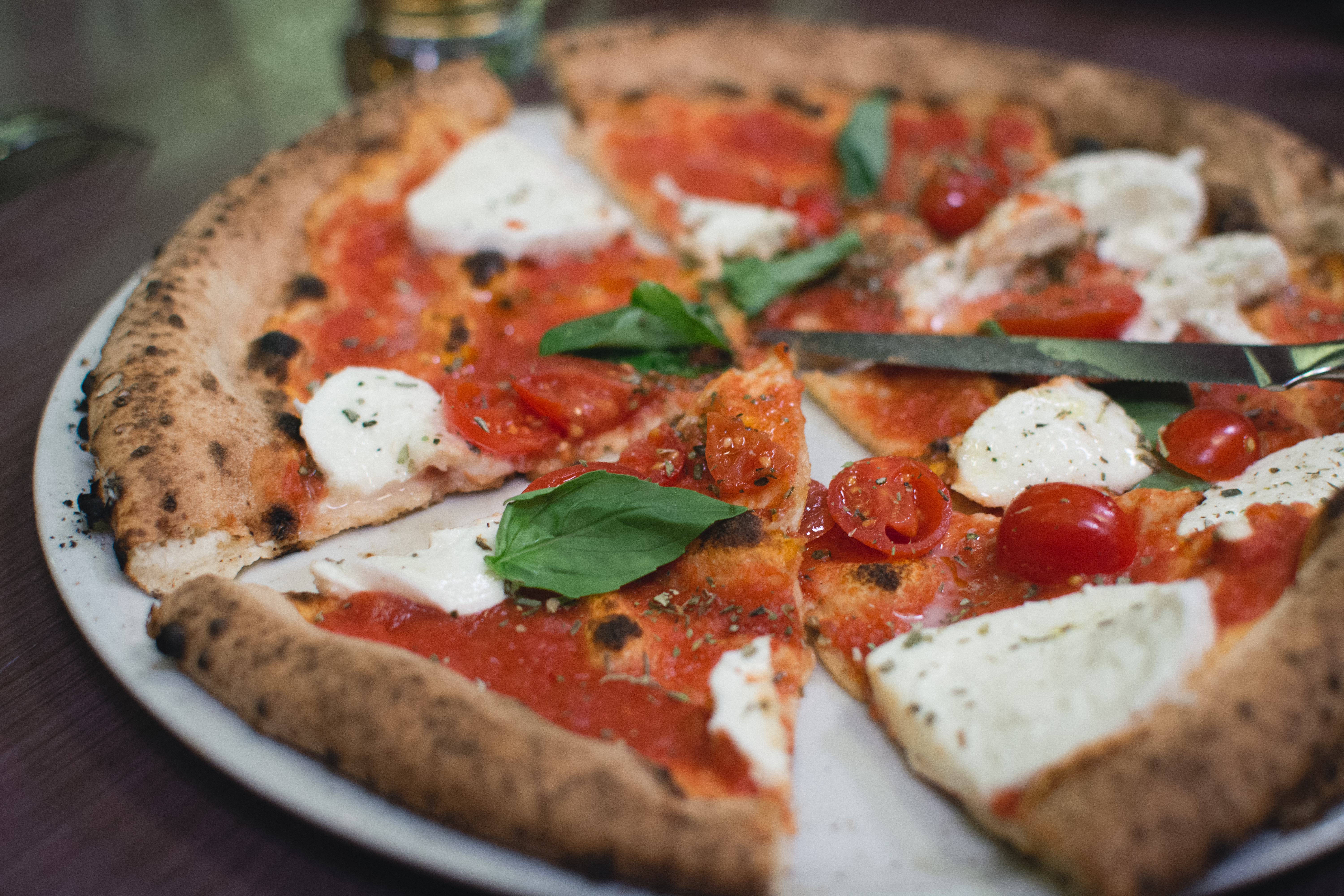
If pizza is the king of comfort food, then Naples is its rightful throne. While pizza exists in countless forms worldwide, nothing compares to the Neapolitan pizza—the original, perfected over generations. This isn’t your average delivery pie piled high with toppings. Authentic Neapolitan pizza is a masterpiece of simplicity: a thin, slightly chewy crust with a beautifully blistered edge, fresh tomato sauce made from San Marzano tomatoes, creamy mozzarella di bufala, fresh basil, and a drizzle of high-quality olive oil. The magic happens inside a blazing hot wood-fired oven, where the pizza is cooked in just 60–90 seconds, giving it that signature charred yet airy crust. The first bite is a revelation—perfect balance, rich flavors, and an unmistakable freshness that only Naples can deliver. To taste the real deal, visit L’Antica Pizzeria da Michele, a historic pizzeria known for its minimalist menu of just two pizzas: Margherita and Marinara. Or, head to Sorbillo, where long lines are a testament to their legendary reputation. Grab a table, order a glass of local wine, and experience pizza the way it was meant to be—straight from the source.
2. Japan – Sushi (Tokyo)
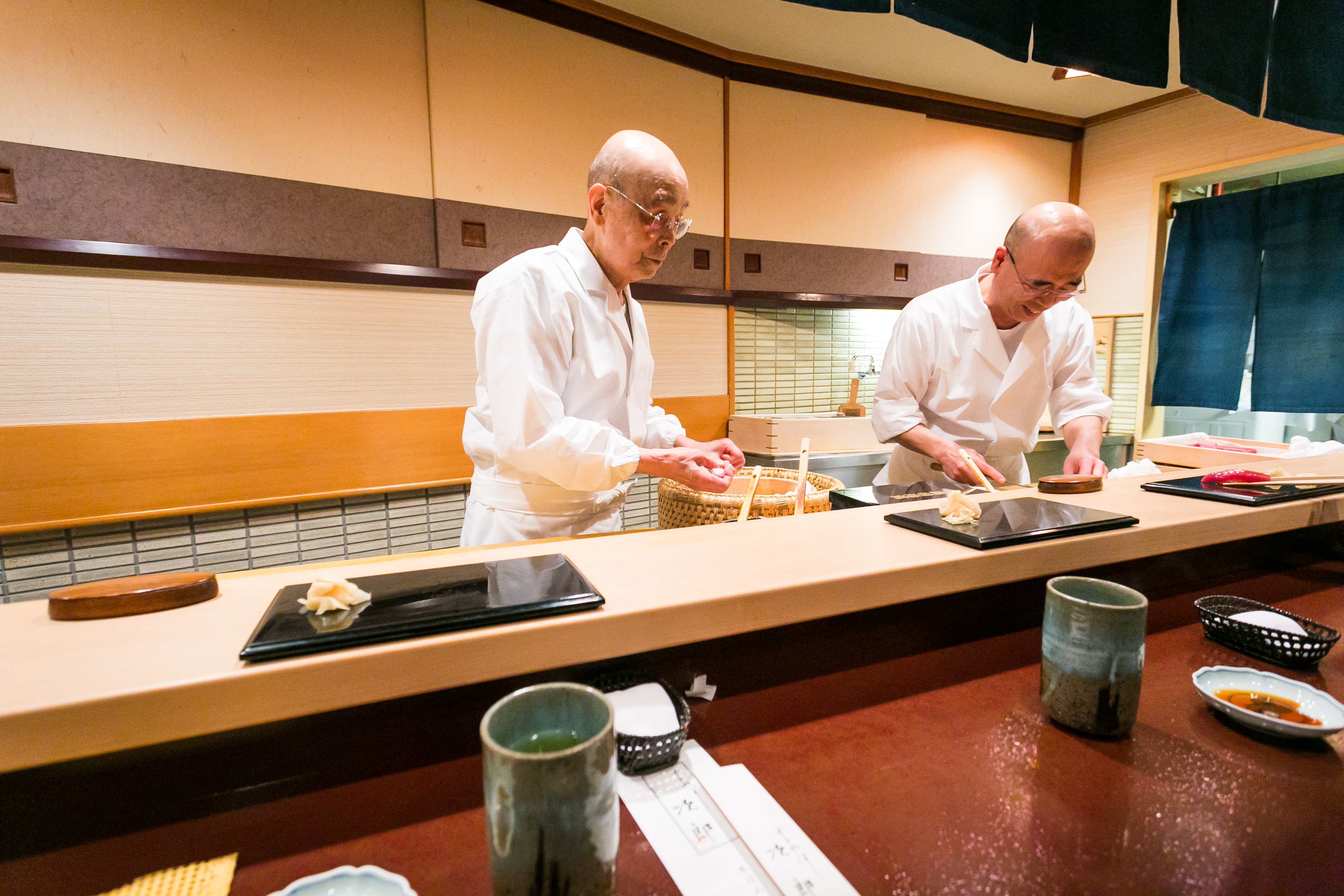
Sushi is everywhere, from supermarket grab-and-go trays to high-end omakase experiences, but there’s no place like Tokyo to experience it at its peak. In Japan, sushi is an art form, a discipline honed by chefs who spend years perfecting their craft before they’re even allowed to make rice for customers. It’s all about the purity of ingredients—ultra-fresh fish, perfectly seasoned rice, and minimal garnishes to let the natural flavors shine. For the ultimate experience, head to Sukiyabashi Jiro, the three-Michelin-starred sushi restaurant made famous by the documentary Jiro Dreams of Sushi. Here, each piece is carefully crafted and placed before you in a precise, almost meditative dining experience. If you're looking for a more casual yet authentic experience, visit Tsukiji Outer Market for melt-in-your-mouth otoro (fatty tuna), sea urchin, and fresh scallops, or sit down for an affordable yet high-quality sushi meal at Sushi Dai. Sushi in Japan isn’t just about raw fish—it’s about precision, seasonality, and deep respect for the ingredients. Whether you're trying nigiri, sashimi, or maki rolls, every bite is an education in Japanese culinary excellence.
3. Thailand – Pad Thai (Bangkok)
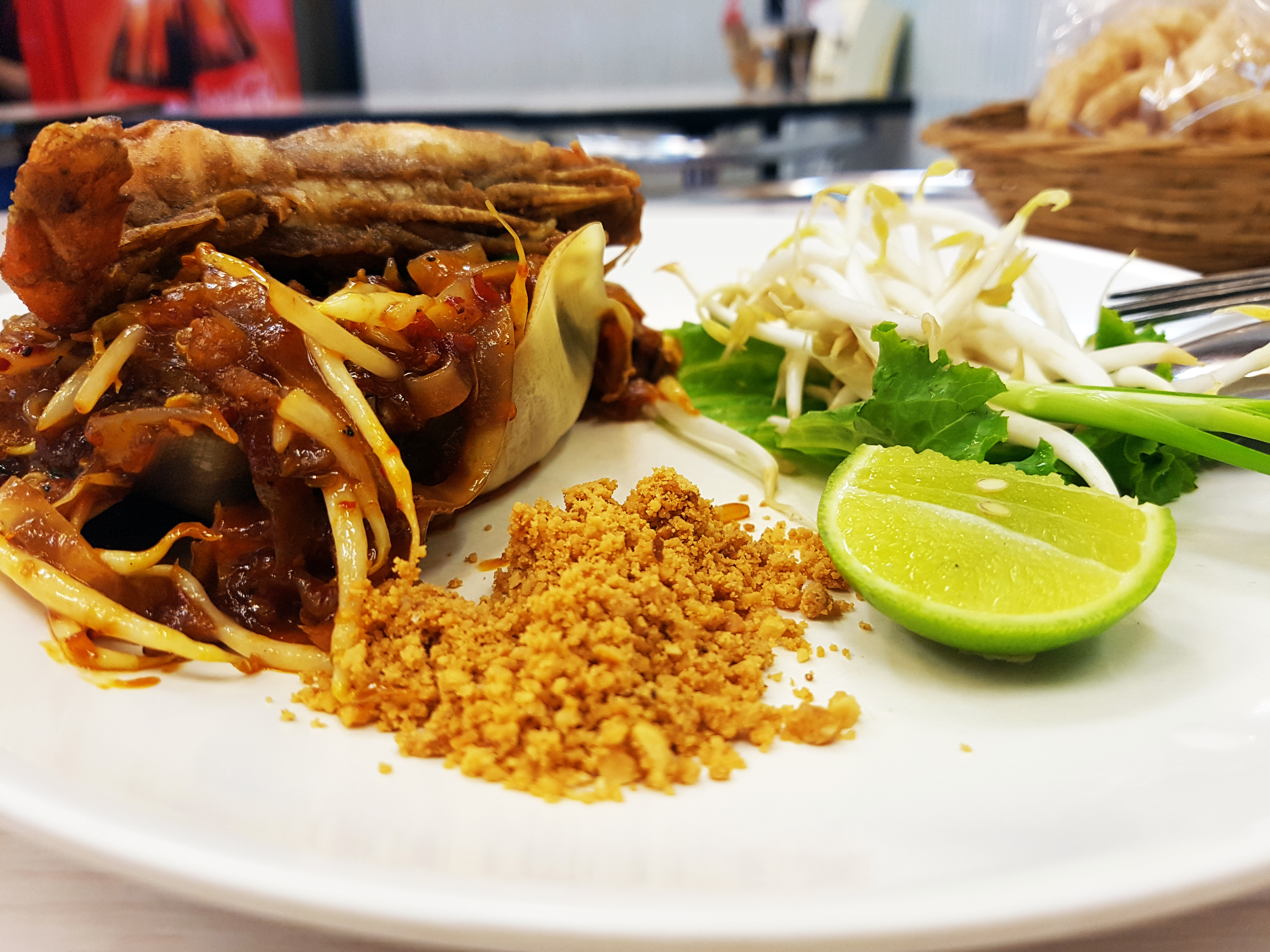
Pad Thai might be Thailand’s most famous export, but don’t be fooled by the versions served in Western takeout containers—it tastes completely different in Bangkok. This stir-fried noodle dish combines chewy rice noodles with tangy tamarind sauce, crunchy peanuts, scrambled eggs, and shrimp or tofu, all cooked in a scorching hot wok to create that signature smokiness. What makes Bangkok’s Pad Thai so special? It’s the use of authentic ingredients: fish sauce, palm sugar, dried shrimp, fresh lime, and fiery Thai chilies—ingredients that bring an intense depth of flavor. Some of the best Pad Thai spots even add an extra twist, wrapping the noodles in a delicate egg omelet or serving them with crispy pork belly. For the best in town, visit Thip Samai, a historic street food stall known for its silky, rich Pad Thai wrapped in an egg net. Another legendary option is Jay Fai, where the Michelin-starred street food queen serves a crab-loaded Pad Thai that’s worth the wait.
4. Mexico – Tacos al Pastor (Mexico City)
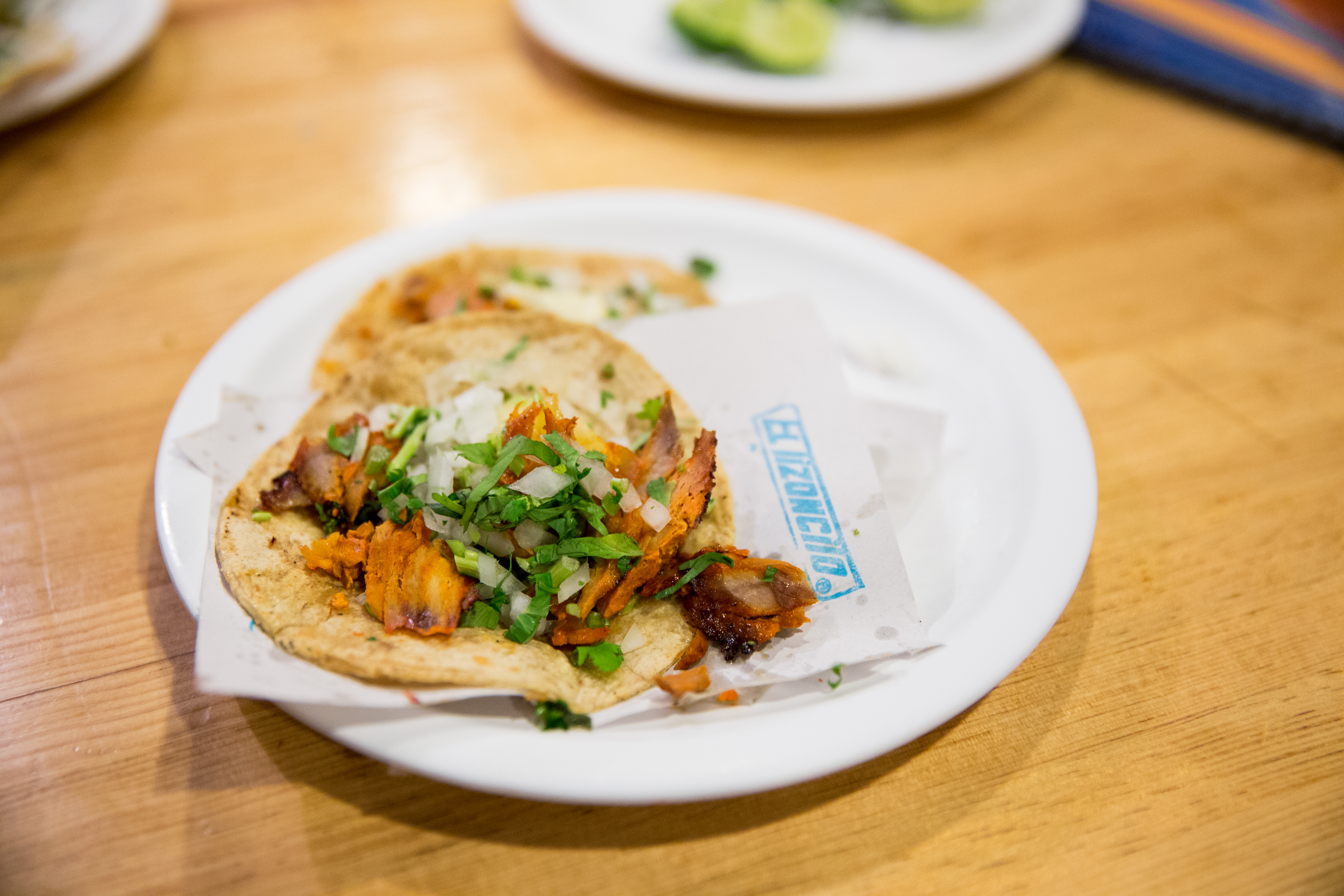
Forget the hard-shell tacos of fast food fame—real Mexican tacos al pastor are a revelation. These flavorful tacos, inspired by Lebanese immigrants, feature thinly shaved marinated pork, cooked on a vertical spit similar to shawarma. The pork is seasoned with chili, cumin, garlic, and achiote, then slowly roasted until it's tender and caramelized on the edges. Each taco is served on a warm corn tortilla, topped with fresh pineapple, chopped cilantro, and onions, with salsa on the side. The sweetness of the pineapple cuts through the smokiness of the pork, creating an addictive contrast of flavors. The best place to try them? El Vilsito in Mexico City, a mechanic shop by day that transforms into a taco haven at night. Grab a plate, squeeze on some fresh lime juice, and savor one of Mexico’s greatest culinary creations.
5. France – Croissant (Paris)

Flaky, golden, and so buttery it melts on your tongue—the perfect croissant is a work of art, and Paris is the only place to get the real thing. French bakers have perfected the lamination process, folding butter into dough over and over again to create hundreds of delicate, crispy layers. A true Parisian croissant au beurre is not dense or bready like imitations—it’s light as air, crispy on the outside, with a pillowy-soft, buttery interior. When you bite into it, you should hear a satisfying crunch. To taste the best croissant of your life, visit Du Pain et des Idées, where each pastry is baked to perfection, or Boulangerie Utopie, an award-winning bakery that elevates the classic croissant with innovative flavors. Pair it with a steaming café crème, and you’ll understand why the French treat breakfast as a sacred ritual.
6. Argentina – Asado (Buenos Aires)
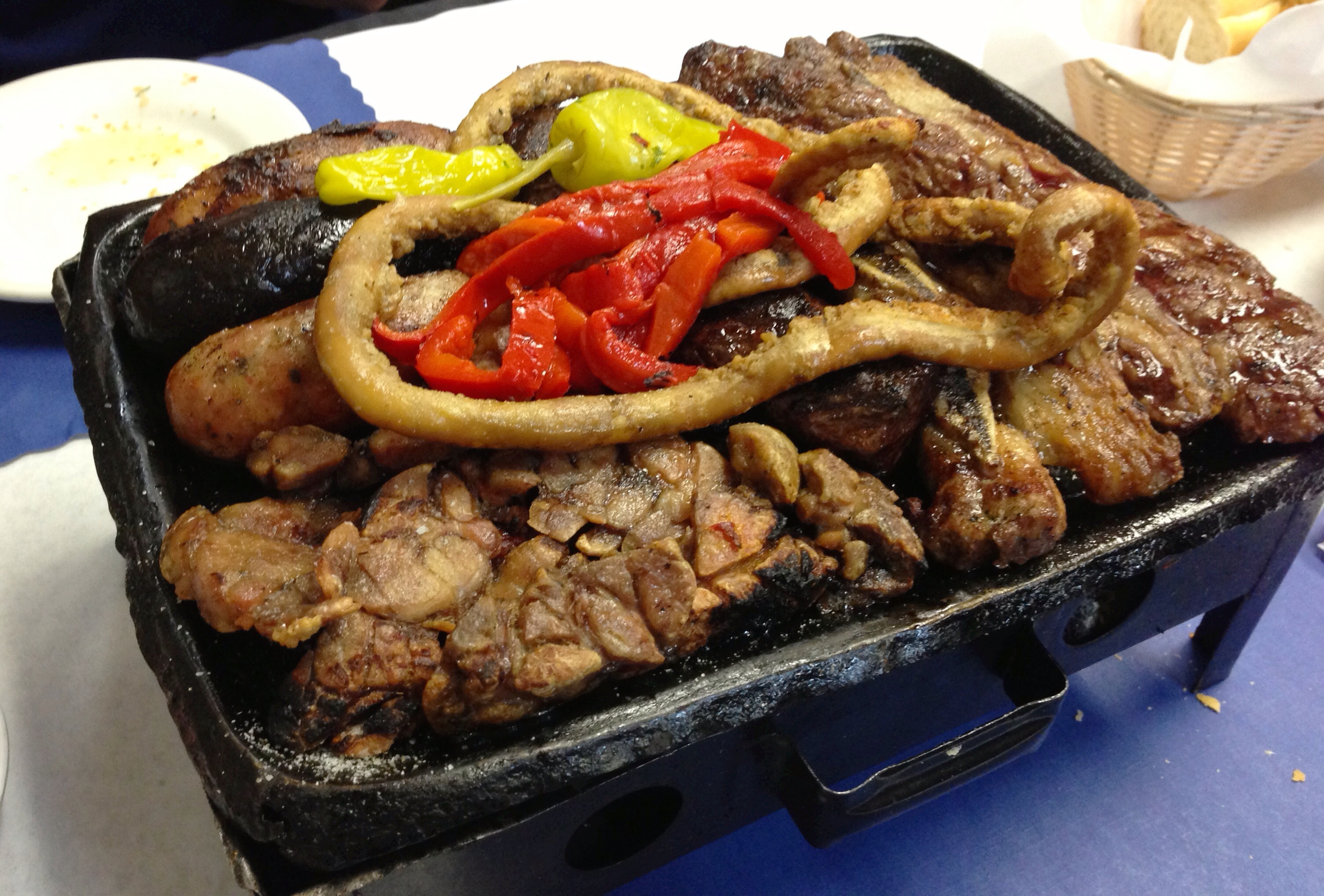
Argentina takes its grilling seriously, and asado is far more than just a barbecue—it’s a national tradition. The secret? The quality of the beef. Argentine cattle graze freely on lush Pampas grass, resulting in meat that’s incredibly tender and flavorful without needing heavy seasoning. An authentic asado involves thick, juicy cuts of beef, slow-cooked over a parrilla (wood-fired grill), usually with minimal seasoning—just coarse salt to enhance the natural richness. Traditional cuts include bife de chorizo (sirloin), tira de asado (short ribs), and chorizo sausages. The real magic happens when you drizzle everything with chimichurri, Argentina’s signature garlic-parsley sauce. For a truly unforgettable meal, book a table at Don Julio, one of Buenos Aires’ most legendary steakhouses. The experience of eating asado in Argentina—surrounded by locals, sipping Malbec wine, and savoring each bite—is something every meat lover should experience at least once.
7. China – Peking Duck (Beijing)
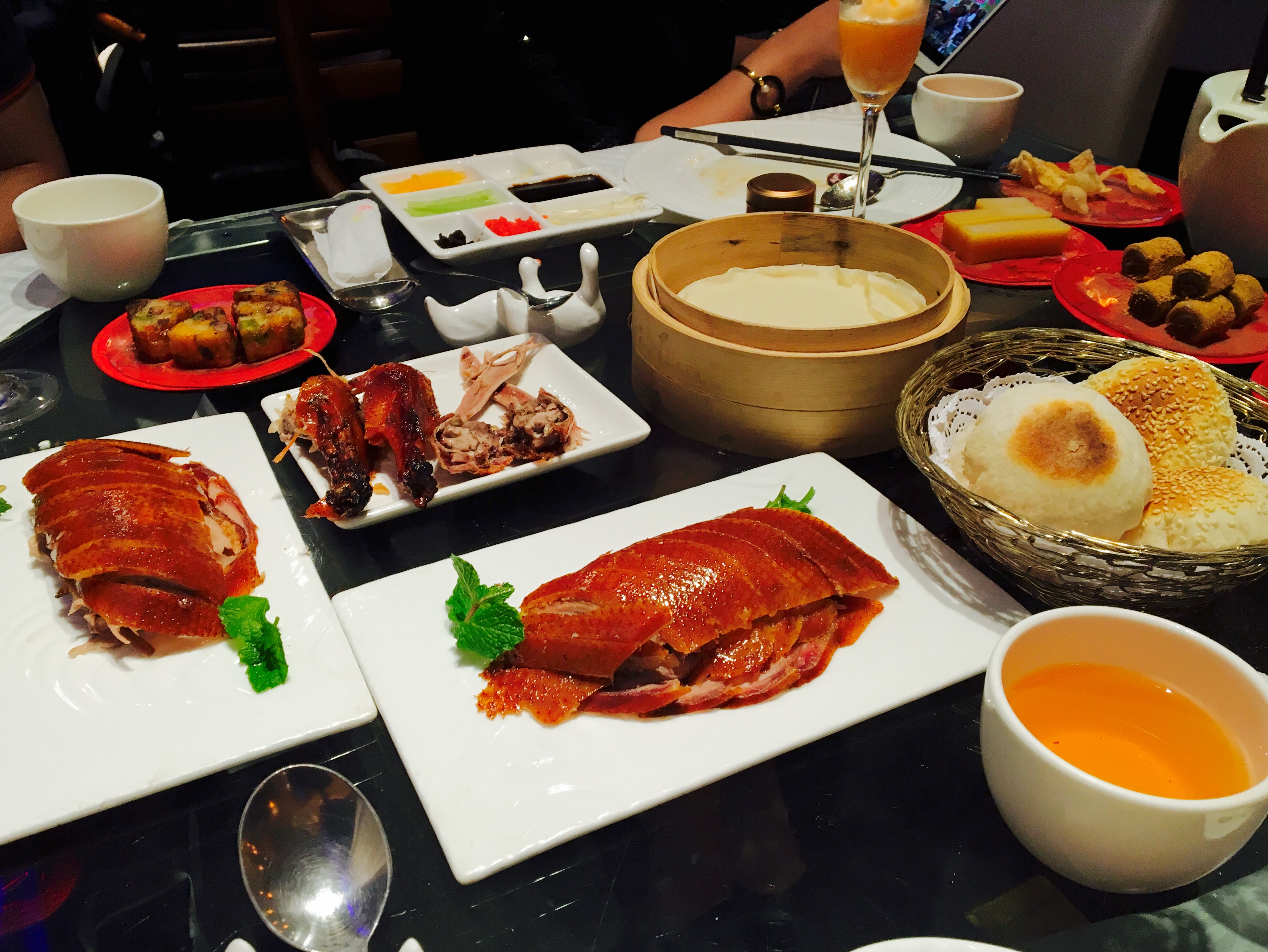
Few dishes are as deeply tied to their place of origin as Peking duck is to Beijing. A symbol of imperial elegance and centuries-old culinary mastery, this dish dates back to the Ming Dynasty, when it was exclusively prepared for the Chinese royal court. Today, it remains one of the most revered dishes in China, and there’s no better place to try it than in Beijing’s top roast duck restaurants. The preparation of authentic Peking duck is an art form. The duck is carefully selected and inflated with air between the skin and meat to create its signature crispiness. It is then glazed with maltose syrup and roasted in a traditional wood-fired oven, where the skin turns a deep golden brown while the inside remains succulent and tender. When served, the duck is meticulously carved into paper-thin slices, showcasing the contrast between crispy skin and juicy meat. These slices are then wrapped in thin, steamed pancakes, accompanied by hoisin sauce, scallions, and cucumber slices. Each bite is an explosion of textures and flavors—smoky, slightly sweet, and incredibly rich.
8. Greece – Moussaka (Athens)
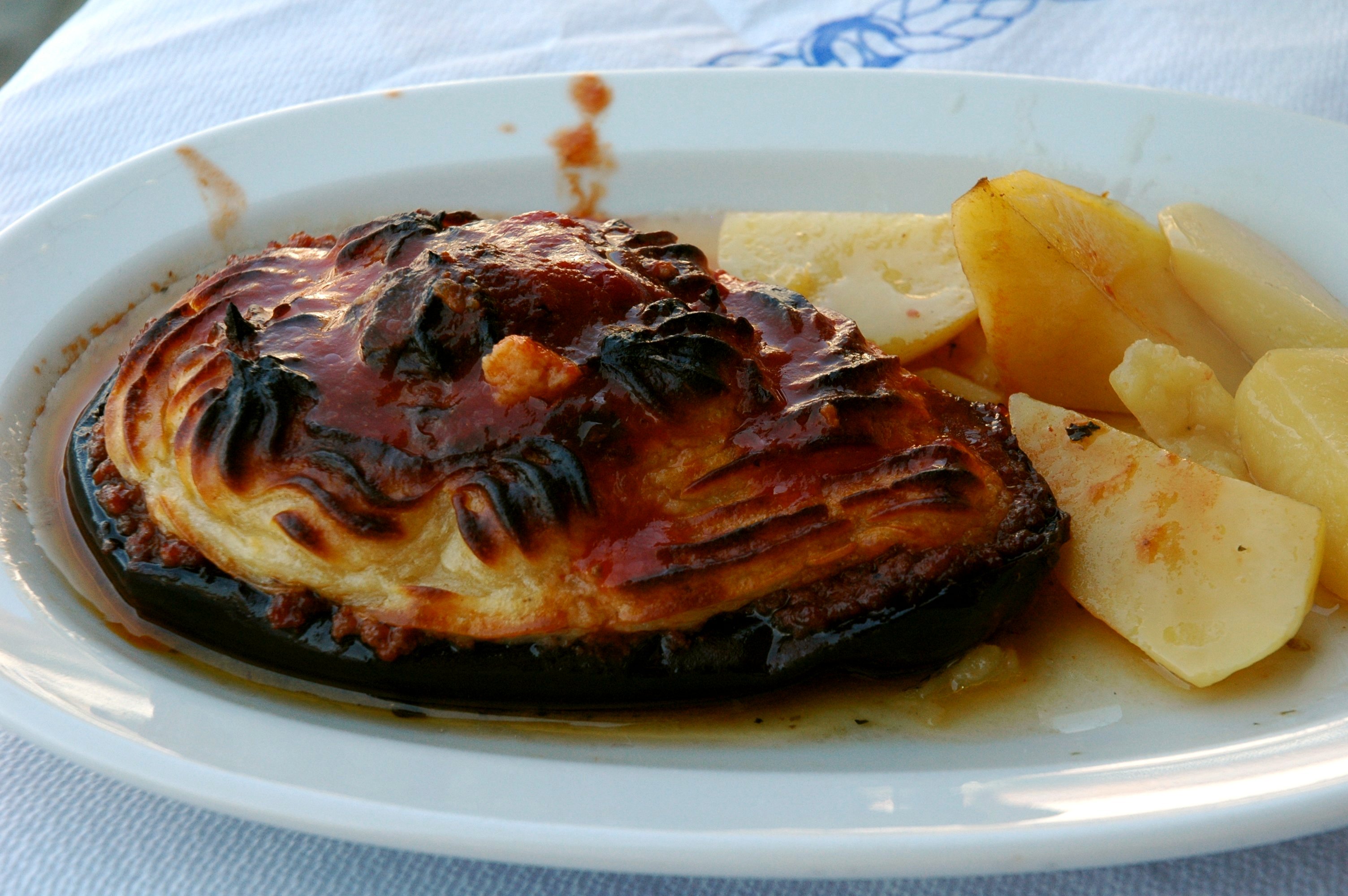
If you want to experience the comfort food of Greece, look no further than moussaka, a dish that brings together layers of history, culture, and flavor. This hearty, baked casserole is often compared to lasagna, but instead of pasta, it features soft, roasted eggplant layered with spiced minced lamb or beef and topped with a creamy, golden béchamel sauce. The history of moussaka stretches across the Mediterranean and Middle East, but Greek moussaka, as we know it today, was popularized in the 1920s by Chef Nikolaos Tselementes, who added the now-signature béchamel topping, giving the dish its velvety richness. The secret to a perfect moussaka lies in the slow cooking process—the eggplant must be roasted until silky, the meat sauce simmered with cinnamon and tomatoes for deep flavor, and the béchamel whisked to the perfect airy consistency before baking. The final product is golden, bubbling, and impossibly delicious, with every bite delivering layers of smokiness, spice, and creamy decadence.
9. Spain – Paella (Valencia)
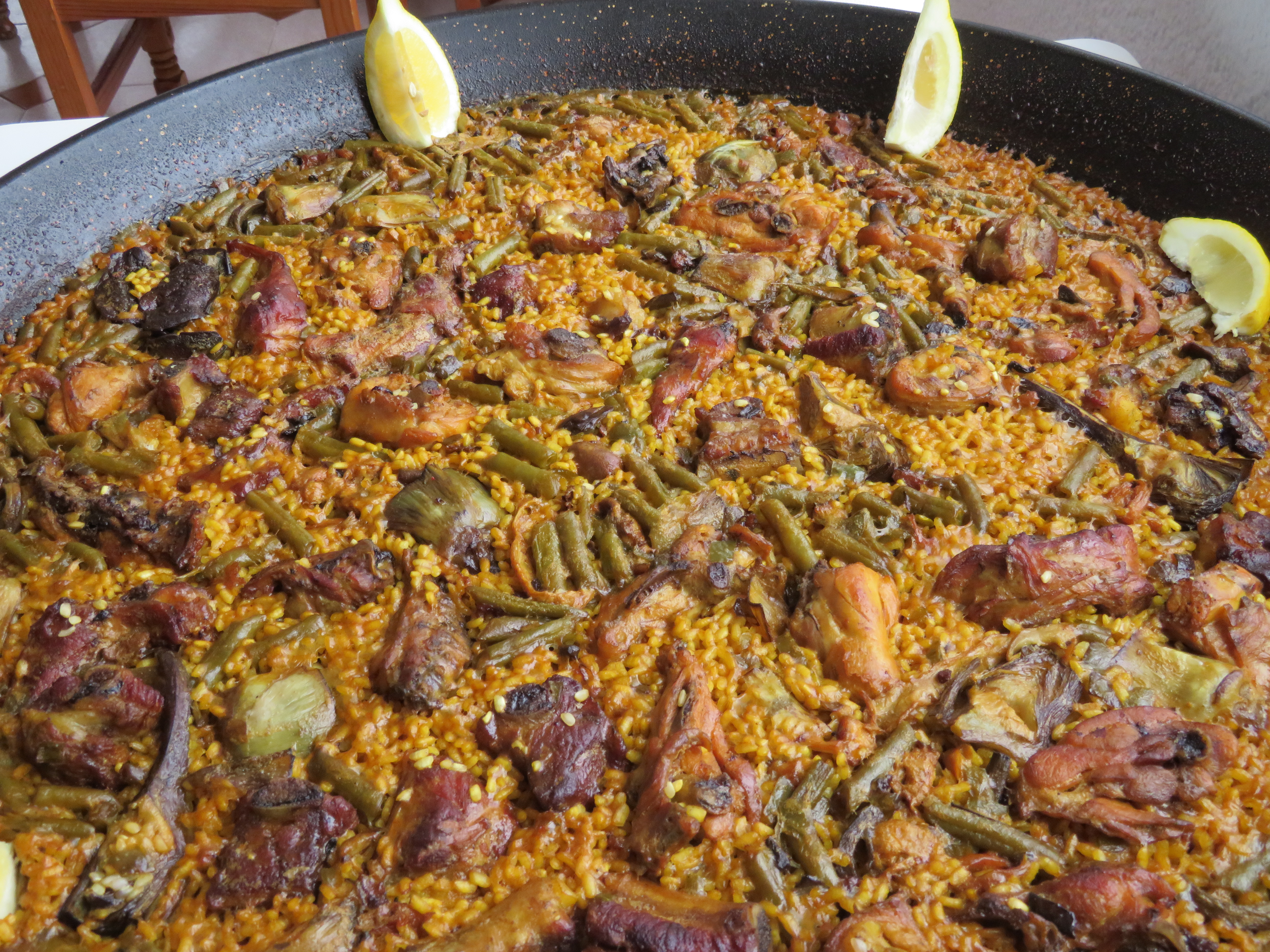
Paella is Spain’s most famous dish, but if you want to experience the real thing, you have to go to Valencia, where it all began. Unlike the seafood-heavy versions commonly found in tourist hotspots, traditional Valencian paella follows a strict recipe, featuring rabbit, chicken, and sometimes snails, cooked with saffron-infused rice in a wide, shallow pan. The key to authentic paella is the rice, which must be short-grain and absorbent, such as Bomba or Calasparra rice, grown in the rice paddies of Valencia. The rice is never stirred once the broth is added, allowing the bottom layer to develop a crusty, caramelized texture known as socarrat, which is considered the best part of the dish. The best place to try real paella is by the seaside at La Pepica, a legendary restaurant that once hosted Ernest Hemingway. Here, you can sit by the Mediterranean, sip on a glass of sangria, and enjoy paella cooked over an open fire, just as it has been for centuries.
10. Turkey – Kebabs (Istanbul)
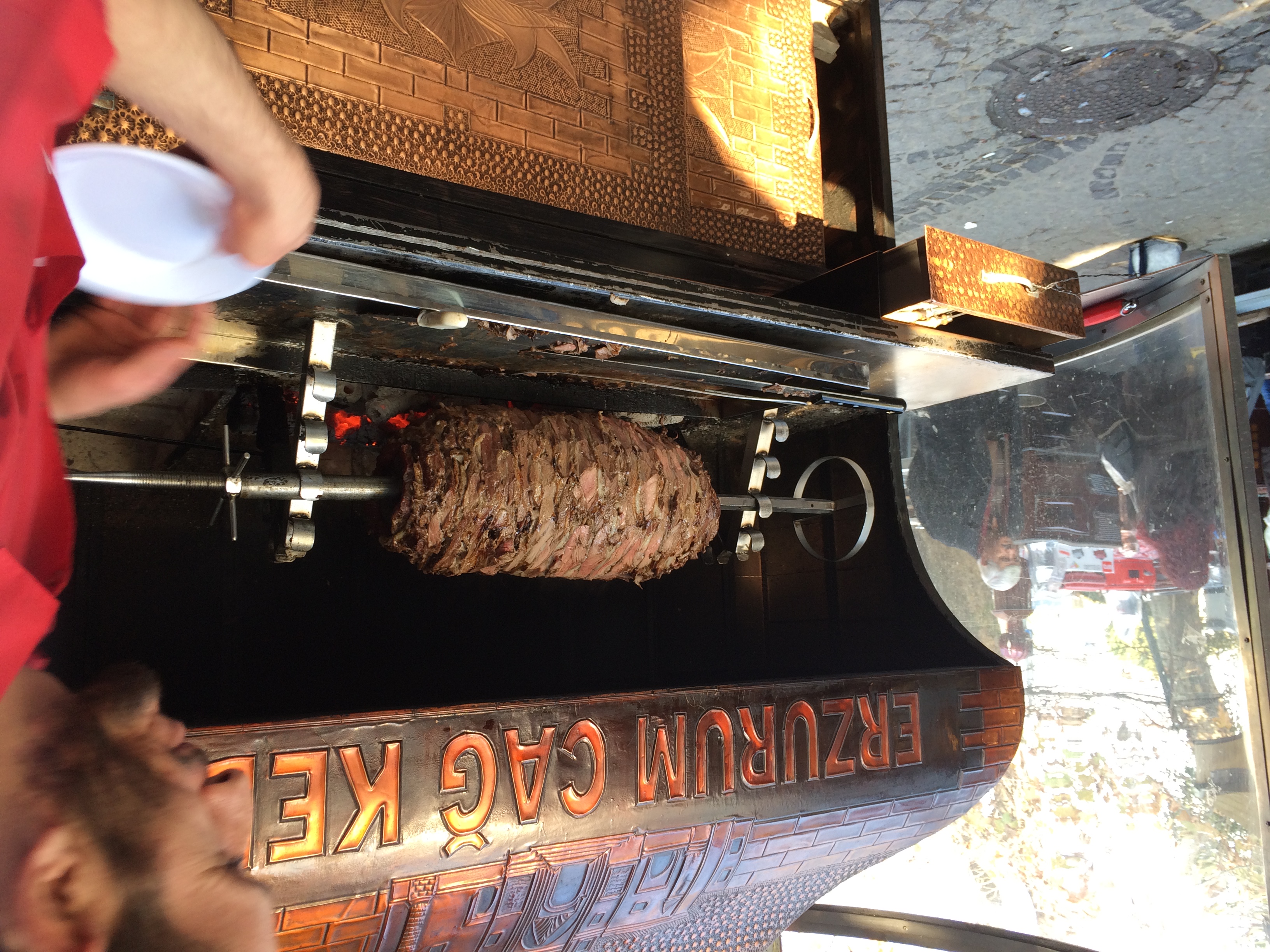
In Turkey, kebabs are more than just a meal—they’re a way of life. While the term "kebab" may conjure up images of skewered meat, Turkish cuisine boasts a vast array of kebab styles, each with its own unique preparation and flavors. Perhaps the most famous is the Adana kebab, made from hand-minced lamb mixed with chili and spices, grilled on a skewer over charcoal flames. Then there’s the Iskender kebab, which features thinly sliced doner meat, drizzled with a rich tomato sauce and melted butter, served over a bed of pide bread with yogurt on the side. To taste the best kebabs in Turkey, head to Zübeyir Ocakbaşı in Istanbul, where the chefs grill meat over an open flame right before your eyes. Pair your kebab with a glass of Ayran (a salty yogurt drink), and you have an unforgettable Turkish feast.
11. Vietnam – Pho (Hanoi)
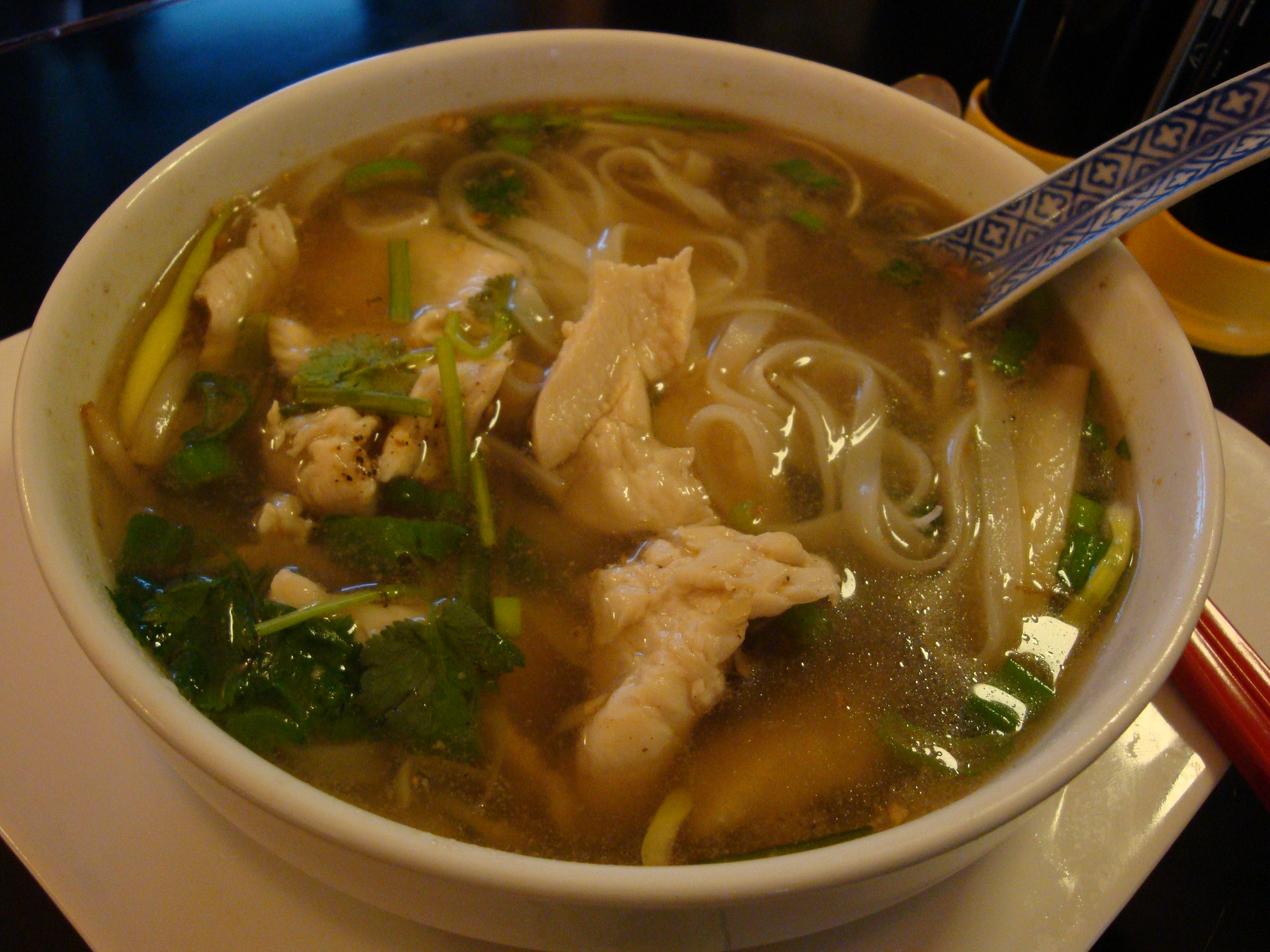
There’s no dish more symbolic of Vietnam than pho, the soul-warming noodle soup that has captured hearts around the world. But if you want to taste pho at its best, you must go to Hanoi, where this iconic dish was born. Pho is all about the broth, which is slow-simmered for hours with beef bones, charred onion, cinnamon, star anise, and cloves to create a deeply aromatic, savory flavor. Thin rice noodles are added, along with slices of raw or cooked beef, fresh herbs, and a squeeze of lime. For the best pho experience, visit Pho Gia Truyen, a no-frills spot where locals line up before dawn for a bowl of steaming perfection.
12. Portugal – Pastel de Nata (Lisbon)
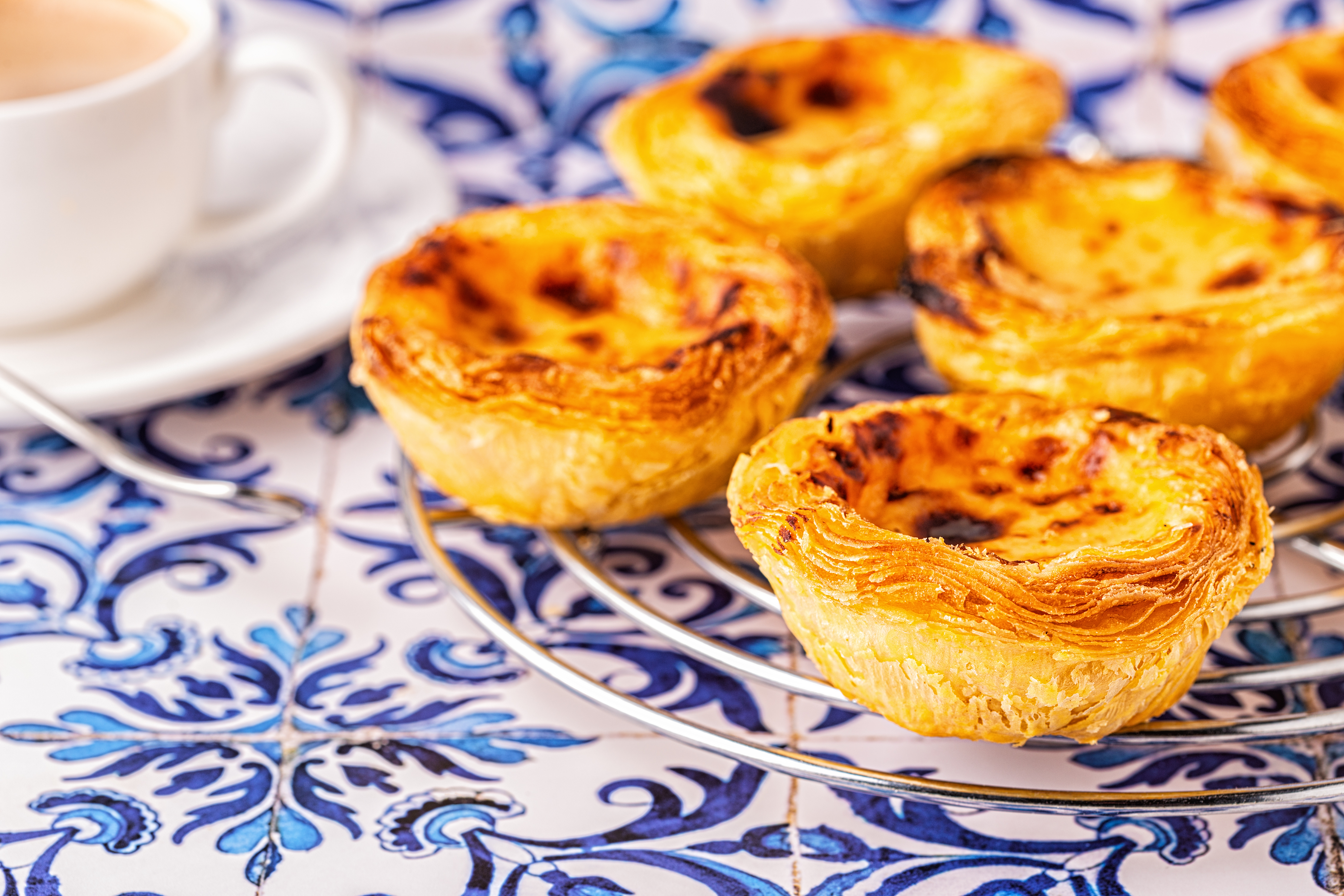
Golden, crispy, and filled with silky, caramelized custard, the pastel de nata is Portugal’s most beloved pastry, and no trip to Lisbon is complete without trying one. These egg tarts were first created by monks in the early 18th century, using leftover egg yolks from starching laundry. The perfect pastel de nata has a shatteringly crisp pastry shell, a creamy, slightly caramelized custard center, and a dusting of cinnamon and powdered sugar on top. For the ultimate experience, head to Pastéis de Belém, where the original secret recipe has been guarded since 1837.
13. South Korea – Bibimbap (Jeonju)
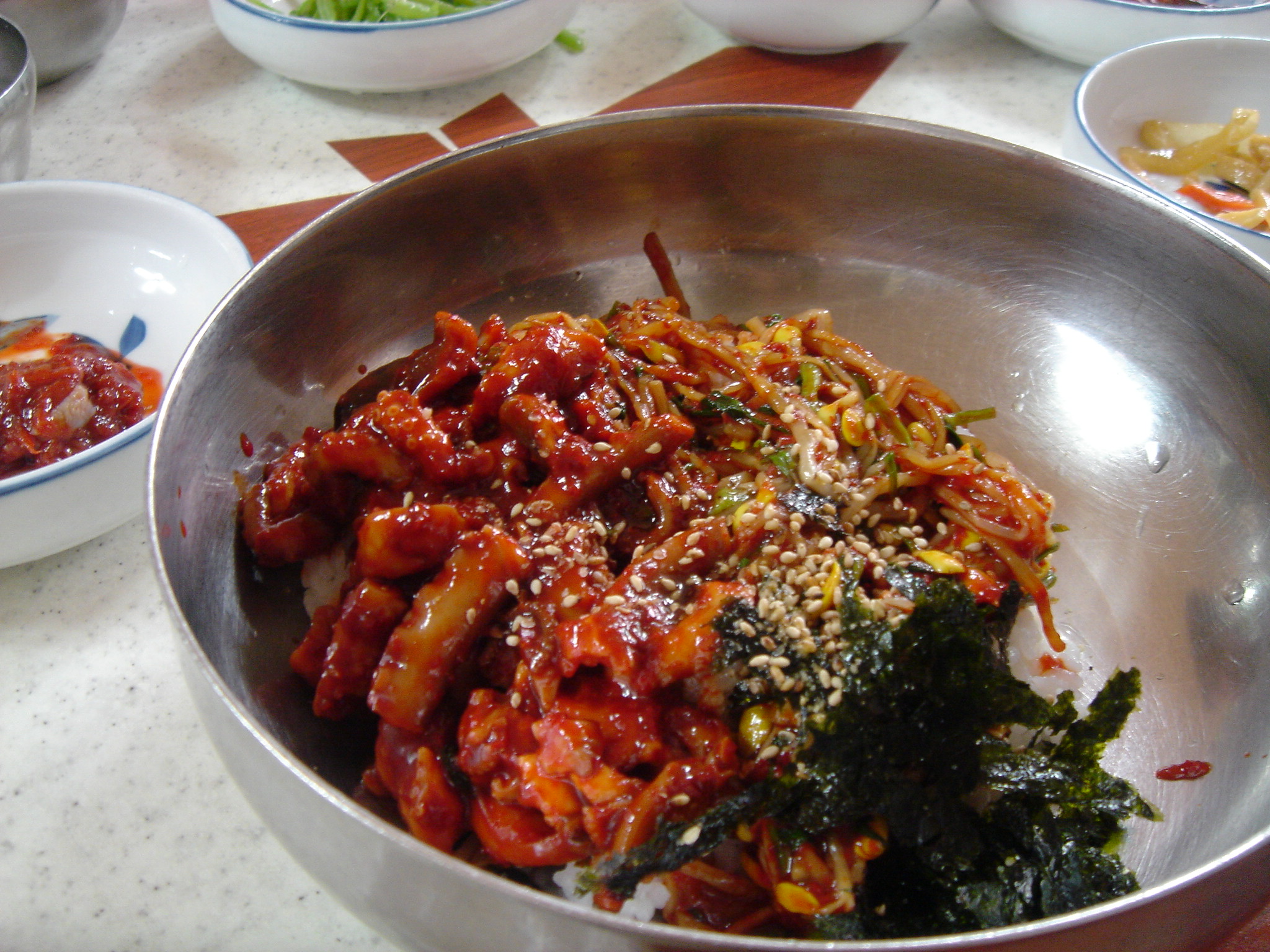
If there’s one dish that perfectly embodies the vibrant flavors and balance of Korean cuisine, it’s bibimbap. Literally meaning “mixed rice,” this colorful dish is a feast for the eyes as much as it is for the taste buds. It starts with a bowl of warm, perfectly steamed rice, layered with an assortment of fresh and pickled vegetables, such as julienned carrots, spinach, bean sprouts, shiitake mushrooms, and zucchini. Atop this beautiful arrangement, you’ll find thinly sliced marinated beef (bulgogi), a golden fried egg, and a generous dollop of gochujang (Korean chili paste), which gives the dish its signature kick. The magic happens when everything is mixed together, allowing the rich, umami flavors to blend harmoniously. The creamy egg yolk melts into the rice, coating every grain with a luscious texture, while the gochujang brings the perfect balance of heat, sweetness, and depth. The crisp vegetables provide freshness, and the beef adds a hearty, savory touch.
14. Lebanon – Hummus (Beirut)
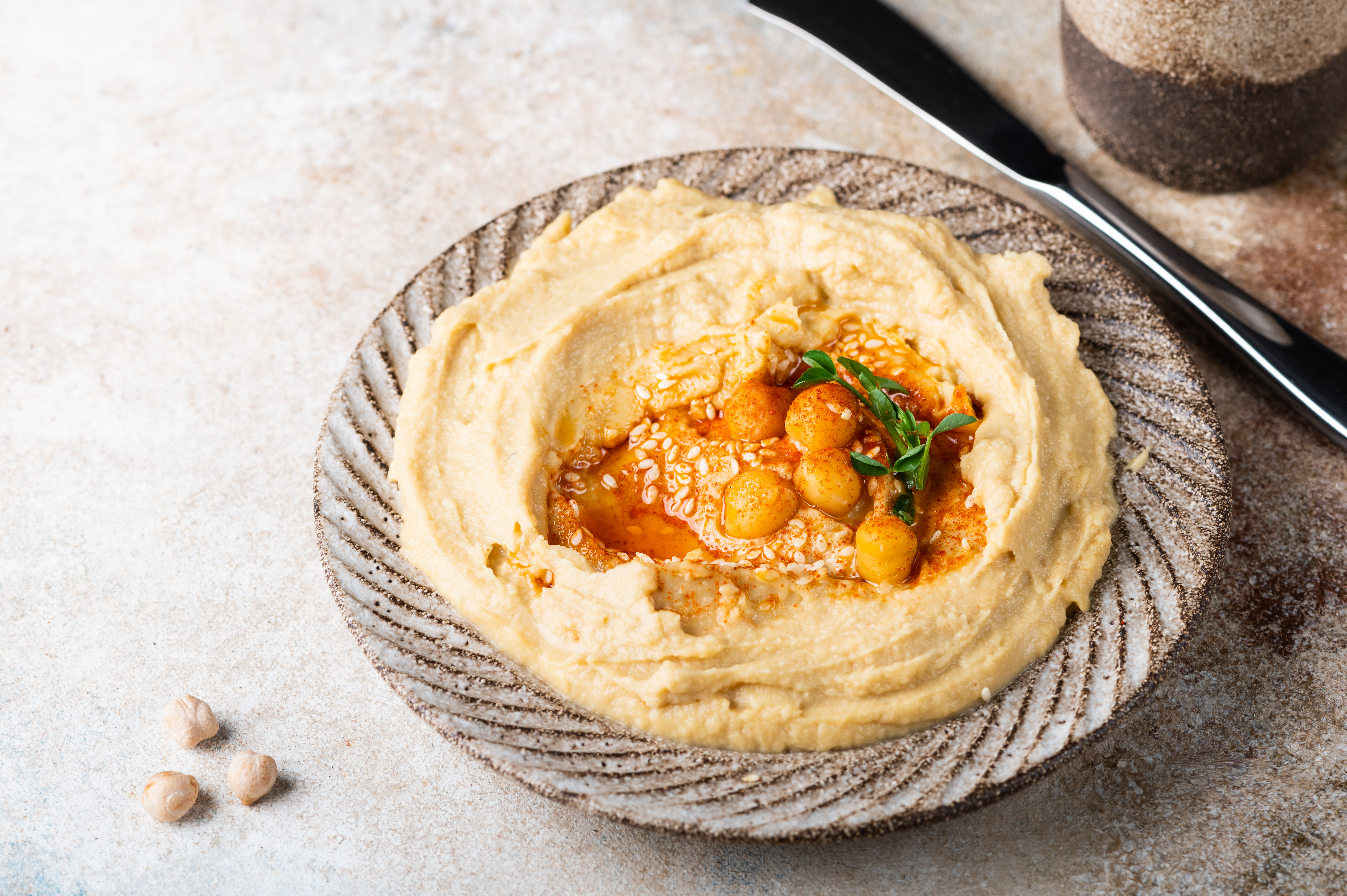
Forget the store-bought tubs of hummus you’ve had before—real Lebanese hummus is a completely different experience. This creamy, dreamy dip is a staple of Middle Eastern cuisine, made with just a handful of simple, wholesome ingredients: freshly cooked chickpeas, tahini (sesame paste), garlic, lemon juice, and olive oil. The result? A silky-smooth, nutty, and tangy delight that pairs perfectly with warm, fluffy pita bread. While hummus is enjoyed all over the world, in Lebanon, it is an art form. Lebanese chefs take pride in perfecting the texture, ensuring it’s ultra-creamy without being too dense, and balancing the acidity of the lemon with the nutty depth of the tahini. The secret? Using the freshest ingredients possible and blending them with patience and precision.
15. Germany – Bratwurst (Nuremberg)
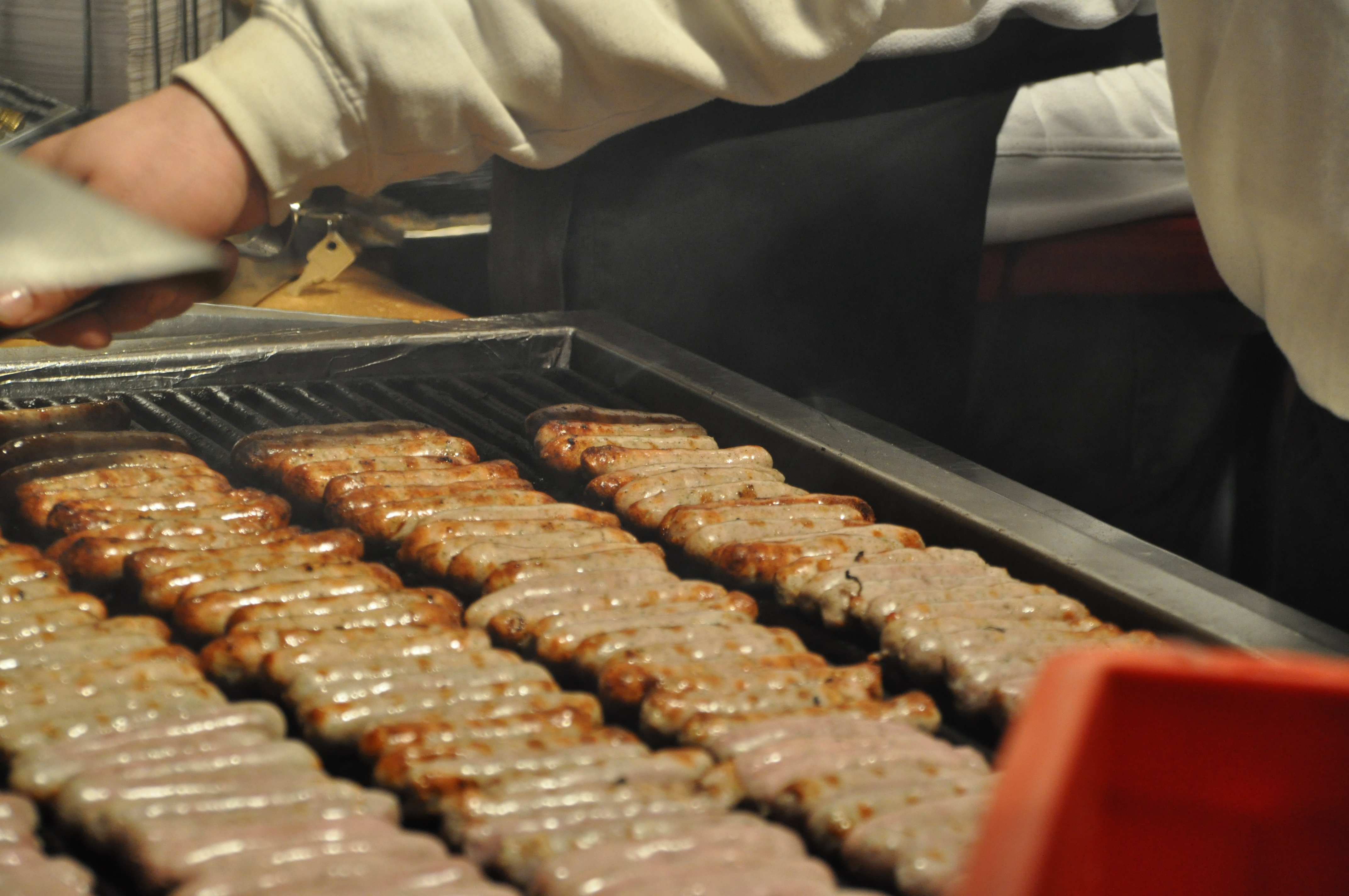
Nothing screams authentic German street food quite like bratwurst—a delicious, juicy sausage that has been enjoyed for centuries. While bratwurst comes in many regional varieties across Germany, Nuremberg’s bratwurst stands out as one of the most legendary. Unlike the larger, thicker bratwurst found in other parts of the country, the Nürnberger Rostbratwurst is small, thin, and intensely flavorful, typically measuring around 3-4 inches in length. What makes Nuremberg’s bratwurst special is its unique blend of finely ground pork, seasoned with a carefully crafted mix of marjoram, salt, pepper, nutmeg, and garlic. The sausages are traditionally grilled over an open beechwood fire, which gives them a distinctly smoky aroma and a crispy, golden-brown exterior, while the inside remains tender and juicy.
A Global Feast Worth Traveling For
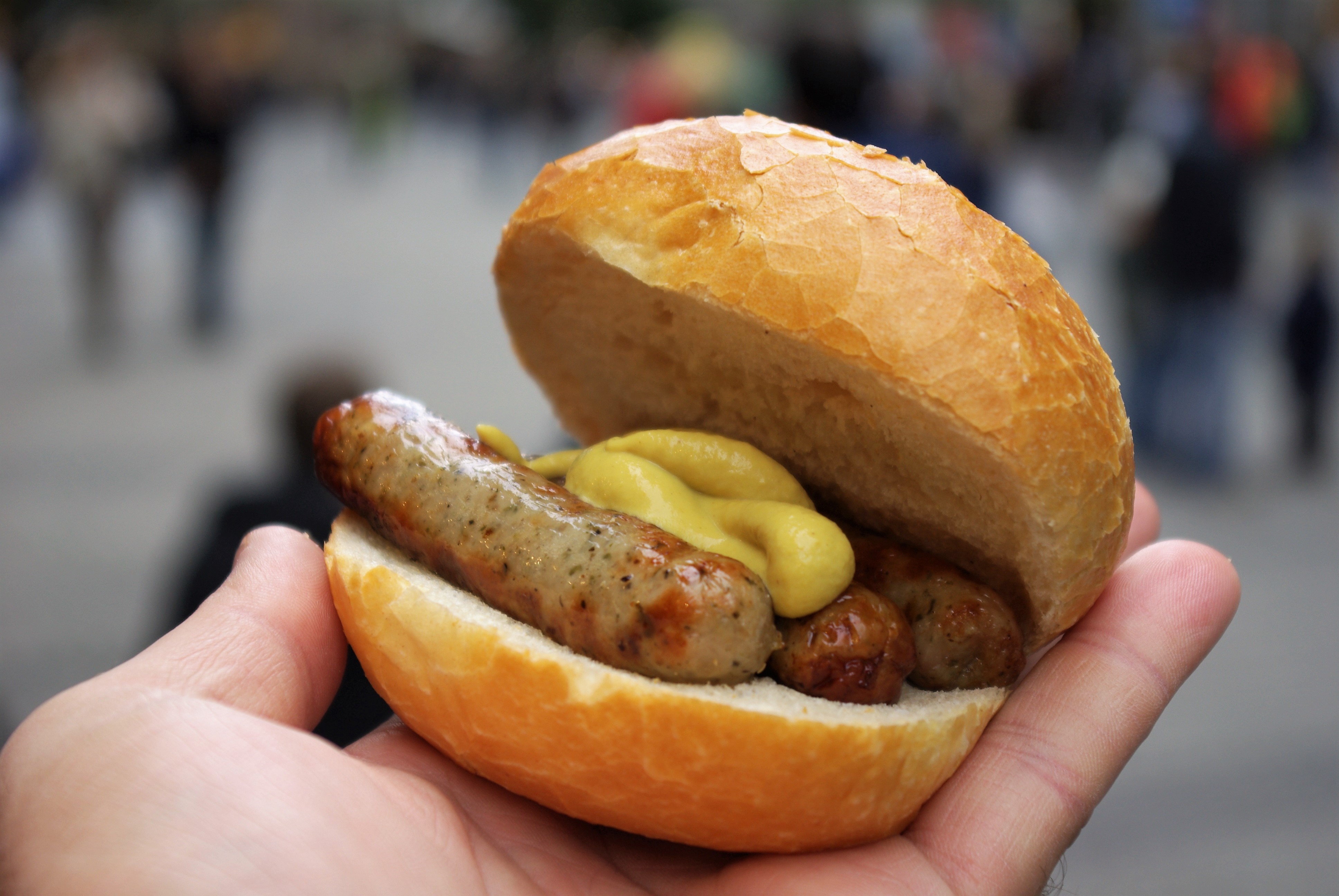
Every country has a signature dish that defines its culture, and there’s nothing quite like tasting it in its place of origin. From the crackling skin of Peking duck in Beijing to the silky richness of hummus in Beirut, each dish tells a story of history, tradition, and culinary craftsmanship passed down through generations. Food is more than just sustenance—it’s a universal language, a way to connect with people, and an exciting passport to different cultures. Whether you find yourself wandering through a bustling market in Vietnam, sitting in a historic taverna in Greece, or savoring street food in Mexico, the experience of enjoying an iconic dish where it was meant to be eaten is something that stays with you for a lifetime. So, where will your taste buds take you next? Will you be indulging in freshly grilled kebabs in Istanbul, slurping hot pho on the streets of Hanoi, or biting into a buttery pastel de nata in Lisbon? The world is full of incredible flavors waiting to be explored—all you have to do is follow your appetite and let food be your guide to adventure.

